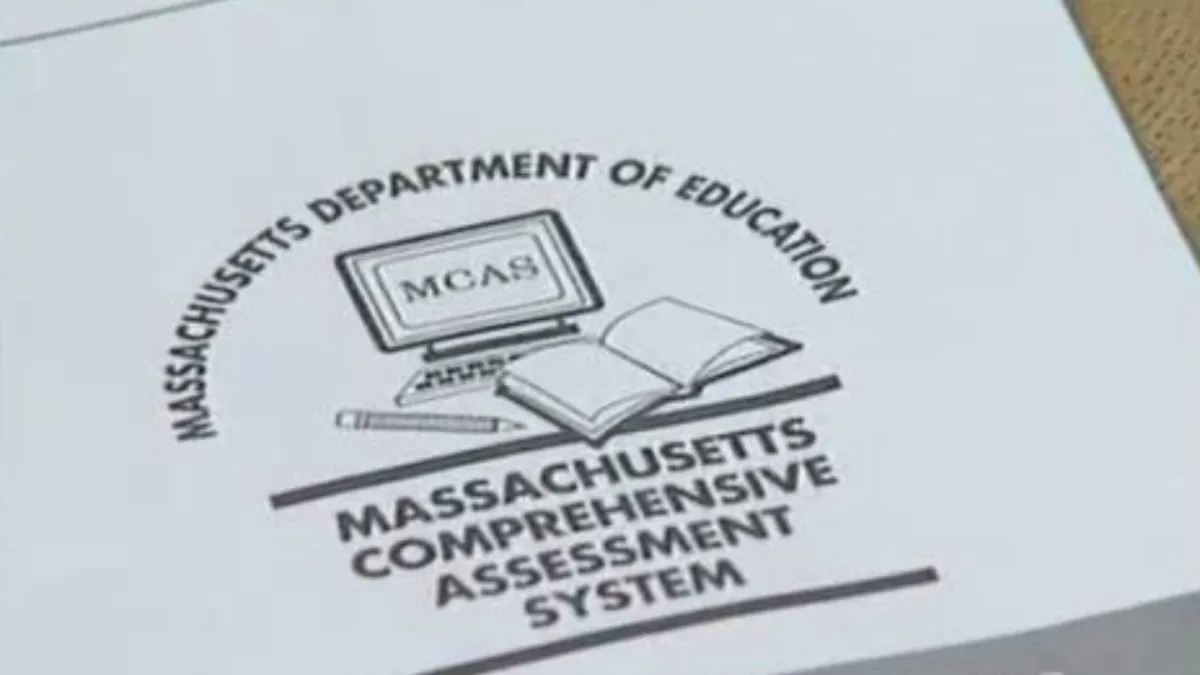On November 5, the nation voted for a new leader with decisions that will shape the future for all, including the students at LS. However, many students may not fully grasp the impact of these political changes. The LS History Department, while acknowledging the importance of student political awareness, does not have a dedicated curriculum focused solely on the 2024 presidential election. Instead, some teachers are incorporating election topics into the regular curriculum to foster civic understanding and unity among students.
Jenny Staysniak, a history teacher at LS, shared how she integrates election-related discussions into her lessons. She explained that, rather than offering direct instruction on the election, she builds a foundational understanding of the U.S. government in her 10th grade 20th Century American History course. By Election Day, her students have learned about the Electoral College, social contract theory, the U.S. Constitution, and the political foundations of American democracy, providing them with a framework to understand the election process.
“I’ve found that by weaving in political discussions throughout the year, students connect the past to the present in more meaningful ways,” Staysniak said. This year, following the election, she plans to hold a class discussion to deepen their understanding of the event and its implications. She also noted the importance of building trust within her classroom, saying, “Trust takes time,” especially with a topic that requires openness and honesty. Yet, she “[feels] confident that each year my students get to a place in which having open dialogue in class comes more naturally due to the class community we create together.”
In addition to history classes, the election is approached through a mathematical lens in LS’s AP Statistics course. Teacher Meghan Notari uses election polling to teach concepts like sampling, sampling error, and margin of error, helping students critically assess election forecasts. She focused on educating the students on how they should approach the media and polls around the election, stating that “we learn that when we take a sample of a population, we are faced with the fact that sampling error will always exist, no matter how good our sampling method is.” The class closed out the quarter making predictions on state-level senate races for the students to learn how to approach polls when they are deemed too close to call. “Statistics are everywhere,” Notari commented. “The hope is that math students at Lincoln-Sudbury will leave with a deep understanding that enables them to be knowledgeable consumers of statistics…[and] critical and discerning global citizens.”
Some students have expressed a desire for more discussion about the election and its broader effects across classes. However, the efforts of teachers like Ms. Staysniak and Ms. Notari provide students with critical tools to engage with the political process thoughtfully and analytically, easing some of the tension surrounding the election.



